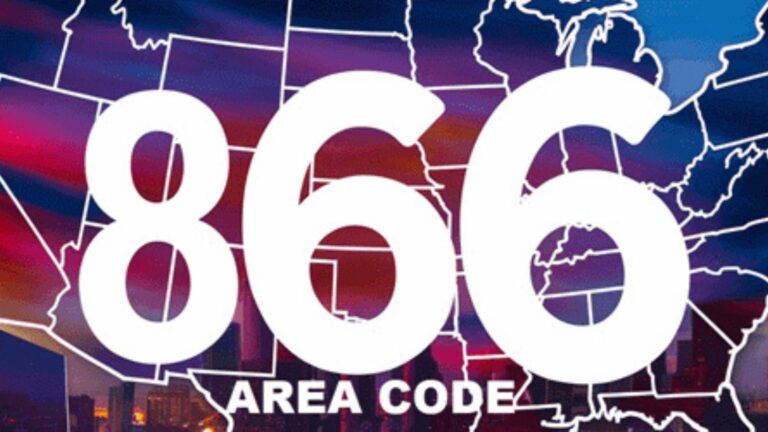
In the world of digital communication, especially on social media, texting, and instant messaging platforms, acronyms and abbreviations have become essential for speeding up conversations and making them more efficient. These short forms save time, reduce typing, and often allow for a more casual, informal tone. One acronym that you might come across in text messaging is WYF. If you’re wondering about the WYF meaning in text, you’re not alone. Many people encounter these abbreviations and sometimes struggle to understand their true meaning.
This article will break down the possible meanings of WYF in texting and help you understand when and how it is used. We will explore common interpretations, give you examples of their usage, and answer some frequently asked questions related to this acronym.
Table of Contents
What Does WYF Mean in Text?
There are several potential meanings for WYF in text messages, and it’s crucial to consider the context in which the abbreviation is used. Below, we’ll explore some of the most common interpretations of WYF:
1. What You Feelin’?
One of the most common uses of WYF in texting is as an abbreviation for the phrase “What You Feelin’?” This phrase is an informal way of asking someone how they’re feeling, what their mood is like, or what they want to do. It’s a casual, colloquial way to check in with a friend or acquaintance.
For example:
- “Hey, WYF today? Wanna grab coffee?”
- “I’m feeling kinda down, WYF?”
In this case, WYF is used to inquire about someone’s emotions, thoughts, or plans. It’s often used in the context of friendly, informal conversations.
2. What’s Your Favorite?
Another popular interpretation of WYF is “What’s Your Favorite?” This abbreviation is often used in casual conversations to ask someone about their preferences. The question could be about anything, from food to movies to hobbies.
For example:
- “WYF pizza topping?”
- “WYF movie genre?”
This use of WYF helps streamline a question about preferences and makes the conversation feel more relaxed and quick. It’s particularly common when chatting about personal likes and dislikes.
3. What You Feel?
In some contexts, WYF might be shorthand for “What You Feel?” This interpretation asks someone about their emotions or thoughts on a specific topic. It’s a more general question that can cover a wide range of emotions, from excitement to frustration to indifference.
For example:
- “The movie was great, WYF about it?”
- “I’m not sure, WYF on this situation?”
WYF in this context is asking the other person for their opinion or emotional reaction to a particular event, topic, or situation.
4. Where You From?
In certain text conversations, particularly when speaking with people from different regions or countries, WYF can also mean “Where You From?” This is an informal way of asking about someone’s origin, location, or hometown. It’s common in online conversations when people meet for the first time or when discussing geography.
For example:
- “Hey, WYF? I’m from New York!”
- “WYF in the world do you live?”
When used in this context, WYF can also be seen as a conversation starter, particularly in chats with people from different cultural backgrounds.
How Do People Use WYF in Texting?
The way WYF is used can vary depending on the relationship between the people involved and the topic of conversation. However, in all cases, WYF is informal and should be used with caution in more professional or serious discussions. Below are some tips for using WYF effectively:
- Use in Casual Conversations: WYF is best used in informal, friendly chats. It’s not ideal for work-related discussions or formal communication.
- Be Mindful of Tone: Since WYF can be interpreted in different ways, make sure your tone matches the context. If you’re using it to ask about someone’s emotions, be careful not to sound too blunt or insensitive.
- Use in Texting, DMs, and Social Media: WYF is typically used in texting and direct messages (DMs), but it can also be used in comments or replies on social media platforms.
- Know the Context: Always consider the context of the conversation to ensure that WYF is being understood correctly. If in doubt, clarify your meaning to avoid misunderstandings.
Possible Variations of WYF
Sometimes, WYF might be seen in combination with other letters or phrases, creating even more possible meanings. Here are some variations you might encounter:
1. WYF? (With a Question Mark)
When WYF is used with a question mark, it emphasizes a question or request for information, which is especially common in casual text-based exchanges. The question mark adds a sense of urgency or curiosity to the inquiry.
For example:
- “WYF? It’s been a while since we last talked!”
- “WYF? What should we do this weekend?”
2. WYF (Without Context)
Without any context or explanation, WYF can be confusing. It’s best to always try to understand or clarify the context in which it’s being used, as WYF could mean different things based on the situation.
3. WYF (With Emphasis)
Sometimes people will add extra characters or capitalization to emphasize their curiosity or interest, such as WYYF or WYF!!. This usually implies enthusiasm or excitement about the question being asked.
Why Do People Use WYF?
Using abbreviations like WYF in text helps to make communication faster, especially when you’re engaging in casual or fun conversations. Here are some reasons why WYF and similar text abbreviations have gained popularity:
- Time-Saving: By shortening common phrases, acronyms like WYF allow people to get their point across quickly without typing out long sentences.
- Casual and Friendly Tone: Using WYF helps create a more laid-back, friendly tone in a conversation, which is often appreciated in informal communication.
- Convenience in Digital Conversations: With the rise of texting and instant messaging, people have developed shorthand language to keep up with fast-paced online interactions.
- Cultural and Online Communities: Many online communities or subcultures use specific abbreviations like WYF to make conversations more familiar and to bond over shared language and experiences.
FAQs About WYF Meaning in Text
1. What does WYF mean in text?
In text, WYF can stand for different things, depending on the context. The most common meanings include “What You Feelin’?” (asking about someone’s mood or emotions), “What’s Your Favorite?” (asking about preferences), “What You Feel?” (inquiring about someone’s thoughts or feelings), or “Where You From?” (asking about someone’s origin or location).
2. How should I respond if someone asks “WYF?”
Your response will depend on the context of the conversation. If someone asks, “WYF?” to inquire about your mood, you could respond by describing how you’re feeling. If it’s about your preferences, you could share your favorite things, like your favorite movie or food.
3. Is it okay to use WYF in professional settings?
No, WYF is an informal abbreviation and is best used in casual conversations with friends, family, or acquaintances. It’s not appropriate for formal or professional contexts, where full phrases and more formal language should be used.
4. Can WYF have other meanings?
Yes, WYF could have different meanings in other contexts, but these are less common. Always consider the situation to determine if a different meaning applies, such as “What You Feel?” or “Where You From?”
5. Are there other similar text abbreviations?
Yes, there are many abbreviations similar to WYF, including WYD (What You Doing?), WYA (Where You At?), and WTH (What The Heck). These are commonly used to make texting faster and more efficient.
Conclusion
In the world of text communication, understanding abbreviations like WYF can help streamline conversations and make interactions more efficient. Whether it’s used to ask about someone’s mood, preferences, or location, WYF is a versatile shorthand commonly used in informal, friendly exchanges. As long as you use it in the right context, WYF can be an excellent tool for quick and casual texting. Always be mindful of how your audience might interpret it, and remember to enjoy the convenience that these abbreviations bring to modern communication!






